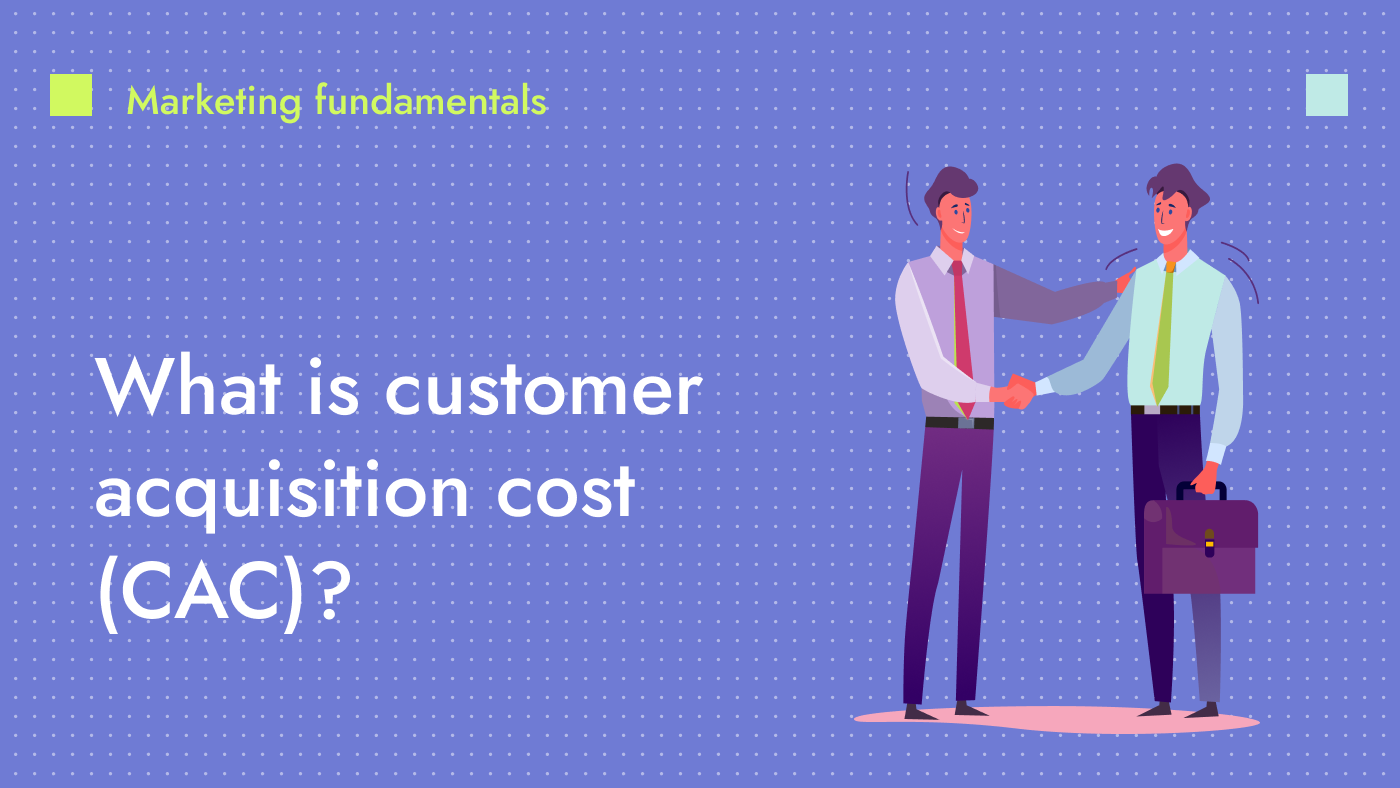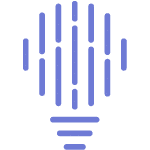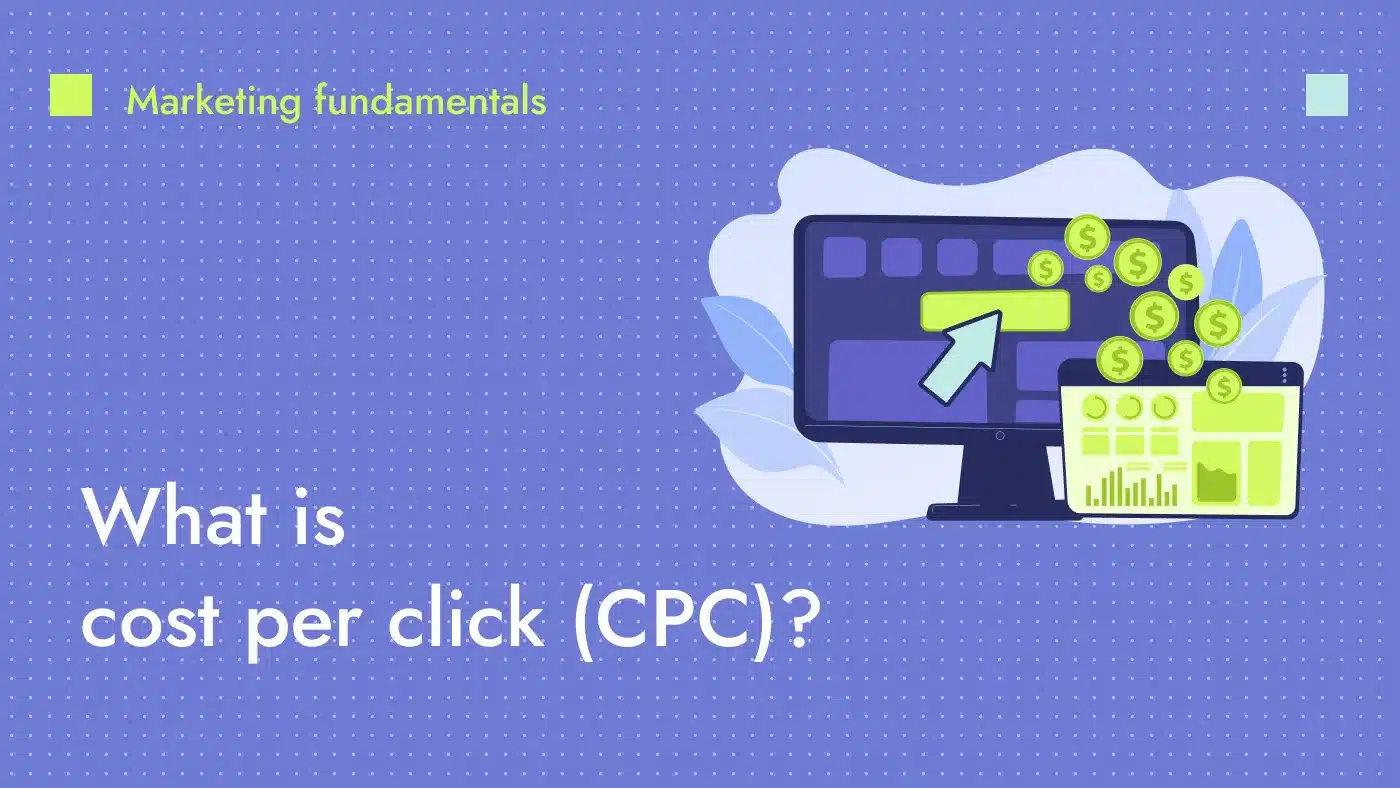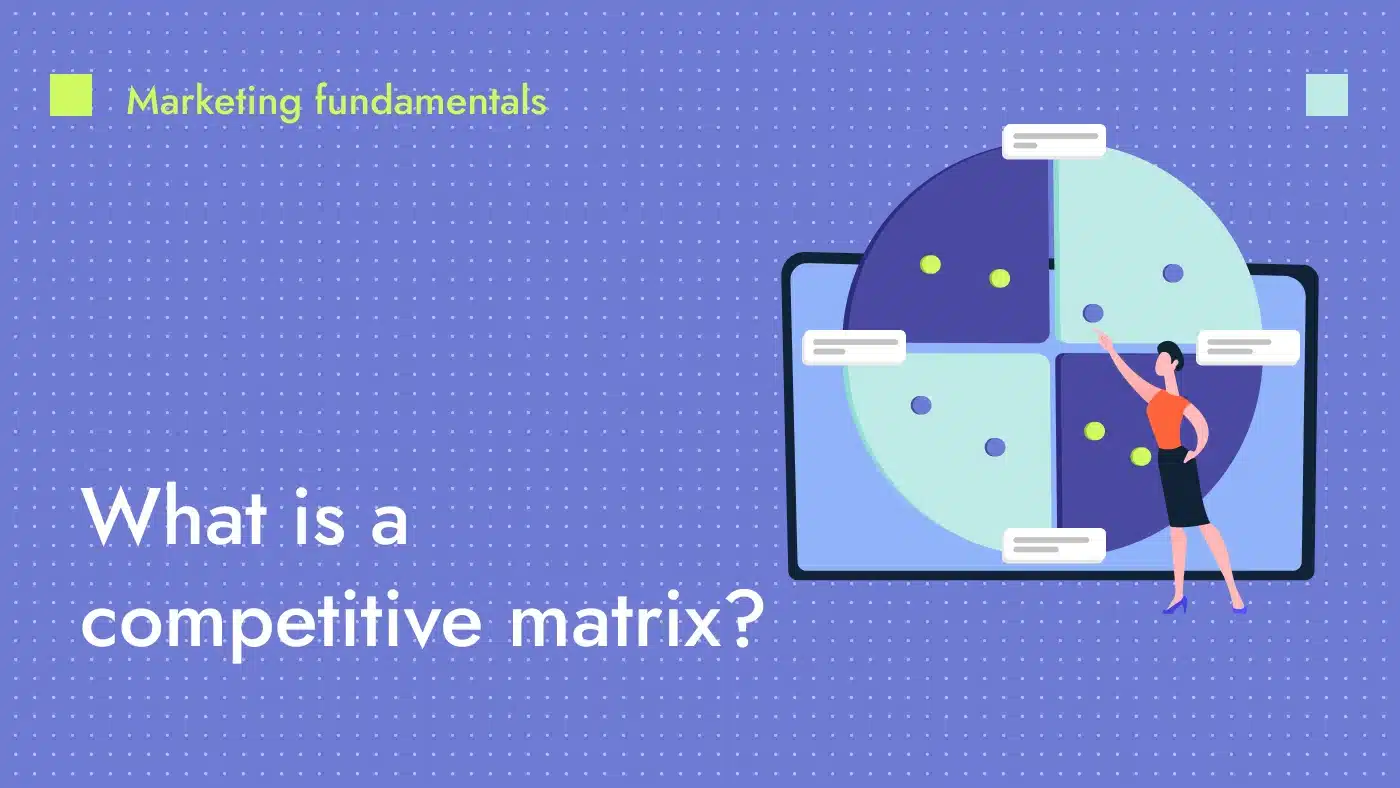Customer acquisition cost (CAC) is the total cost of sales and marketing efforts needed to attract a new customer. It’s an important metric for businesses as it helps determine the profitability of acquiring new customers and the effectiveness of marketing efforts.
According to Gartner’s CMO Spend and Strategy Survey, 75% of CMOs report being asked to do more with fewer resources in 2023. Despite this challenge, on average, 53% of the total marketing spend is allocated to customer acquisition.
CAC is often used in tandem with other key performance indicators (KPIs), such as the customer lifetime value (LTV). The LTV/CAC ratio indicates whether the long-term revenue from a customer exceeds the upfront costs of acquiring them.
How to calculate CAC
To calculate customer acquisition cost (CAC), you use this simple formula:
CAC = Total sales and marketing expenses / Number of customers acquired
- Total sales and marketing expenses: This business metric should include all the costs associated with your sales and marketing efforts. Your calculation should include advertising spend, salaries of sales and marketing teams, costs of sales and marketing software and any other related expenses.
- Number of customers acquired: This is the total number of new customers you gained within the period you’re considering.
This formula will give you the average cost to acquire a customer for your business.

☝️ Trying to figure out your marketing investment? Our SaaS marketing costs guide should give you a good idea.
Why you need to know the cost of customer acquisition
Here’s how marketing departments can leverage information on the cost of customer acquisition:
- Budgeting and forecasting: CAC can be used to predict future marketing budget requirements. By understanding the average cost to acquire a new customer, teams can forecast how much investment might be needed to reach growth targets.
- Profitability analysis: Comparing CAC to the LTV gives insights into profitability. If LTV is significantly higher than CAC, it shows that the investment in customer acquisition will likely be profitable in the long term.
- Marketing strategy evaluation: CAC is a good measure of the effectiveness of marketing strategies. If CAC is rising, it might mean that your campaigns are becoming less effective or that the market is becoming more competitive.
- Channel performance: CAC can be calculated separately for different marketing channels to understand which ones are most cost-effective. For example, comparing the CAC for SEO campaigns versus email marketing can guide decisions about where to invest marketing resources.
- Investor relations: For companies seeking funding, CAC is a key metric that potential investors will look at. It’s used to assess the scalability of the business model and the efficiency of marketing and sales efforts.
What is a good customer acquisition cost?
A good CAC for a business depends on the industry and the company’s growth and profitability goals. There is no definitive CLV:CAC ratio, but marketing experts recommend a ratio of at least 3:1. This ratio suggests that a good benchmark is to invest around 33% of the average customer’s lifetime value in acquiring new customers.
What factors affect customer acquisition costs?
The factors that can influence your CAC include:
- The amount of marketing and sales expenditure, covering costs such as advertising, promotional activities, salaries for marketing and sales teams and any technology or tools used.
- The efficiency of marketing and sales strategies, where more effective strategies lead to higher conversion rates, thus reducing the CAC.
- The level of competition in your industry. Saturated markets may necessitate higher spending to draw in customers.
- The price and complexity of the product being sold. Higher-priced or more complex products might demand more resources and effort to sell, resulting in an increased CAC.
Which role is responsible for tracking CAC?
The Chief Marketing Officer (CMO) office is responsible for tracking the CAC metric. The Director of Marketing or CMO works closely with their team to track the effectiveness of their campaigns and adjust their strategies accordingly.
The CMO also ensures alignment between the company’s sales and marketing efforts, striving for high-quality leads that yield a robust conversion rate. While the CMO leads in tracking CAC, both the marketing and sales departments are involved in managing and optimizing this key indicator.
How to reduce CAC
You can reduce customer aquisition costs by:
- Improving the effectiveness of marketing and sales strategies, including search engine optimization of conversion rates. Tactics could include A/B testing marketing messages, refining sales pitches, outputting thought leadership content, and enhancing website user experience.
- Increasing the number of customers acquired per dollar spent on marketing and sales, thereby maximizing your return on investment.
- Shifting focus to customer retention and enhancing the value of existing customers. Strategies may involve product or service improvements, excellent customer service provision, and implementation of loyalty programs or incentives for repeat purchases.
- Encouraging customer satisfaction and fostering long-term relationships to increase customer lifetime value and, consequently, make each acquisition more profitable.
What tools can help you reduce customer acquisition costs?
The following tools can be used to improve CAC:
- Google Analytics can help businesses track their website traffic and identify which channels generate the most leads and customers. By analyzing the data, businesses can optimize their marketing efforts and reduce their CAC.
- Optimizely can help businesses test different versions of their website to see which generates the most conversions. Companies can improve their conversion rates, reduce their CAC and increase their ROI by optimizing their websites.
- HubSpot offers a variety of marketing, sales and customer service tools. Its analytics features can help you track the success of marketing campaigns, measure your CAC and understand your buyer journey better.
Let’s help you improve your customer acquisition cost metric
Productive Shop is a B2B growth consultancy that specializes in helping tech startups improve their CAC and ROI. Our inbound marketing services include SEO, PPC, content writing and website design and development.
We can help improve your website’s user experience, generate high-quality leads and increase conversion rates. Also, we provide data-driven insights and analytics to help businesses track their marketing campaigns and adjust their strategies accordingly.
Optimize your customer acquisition journey. Reach out for a strategic partnership that delivers value.






